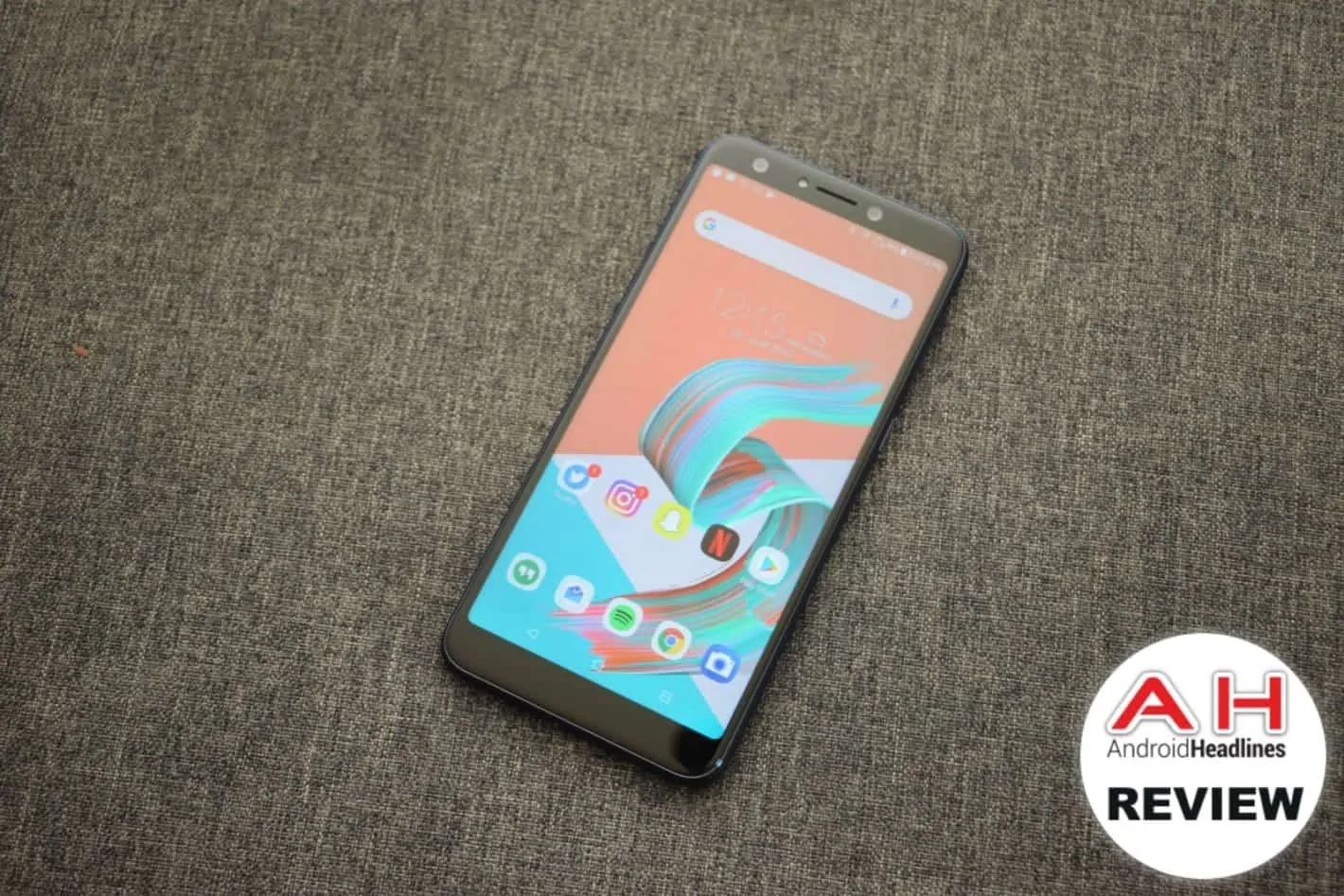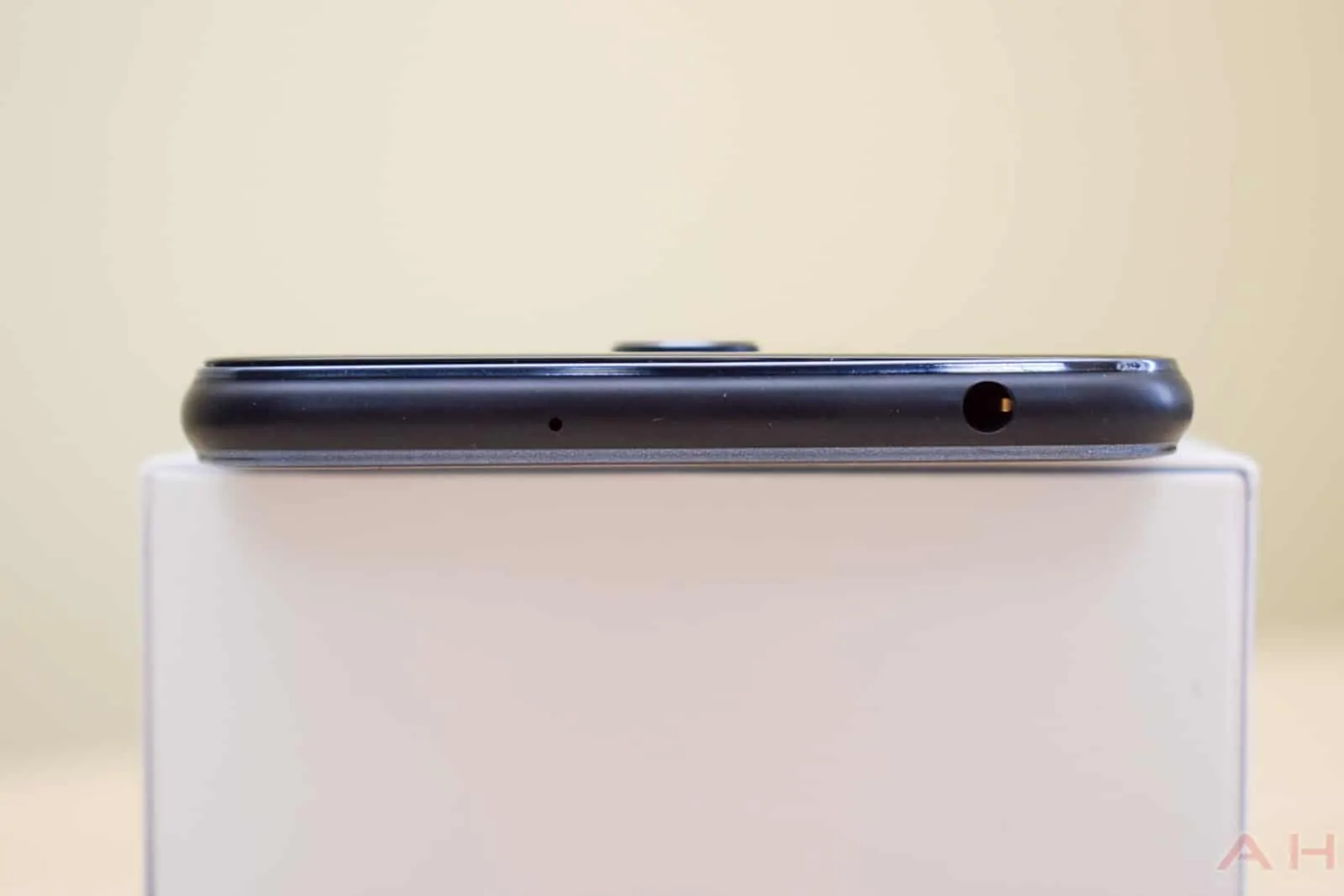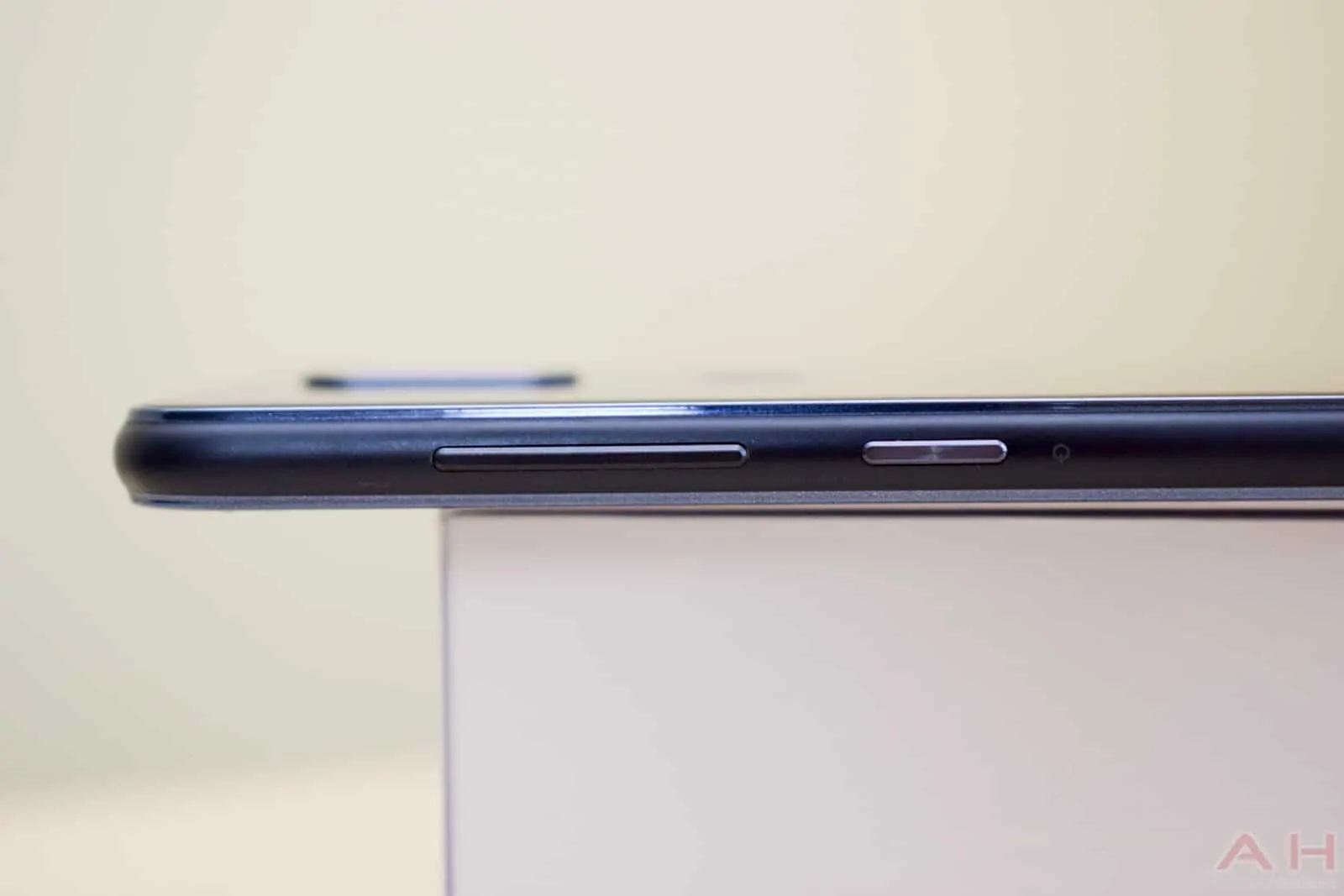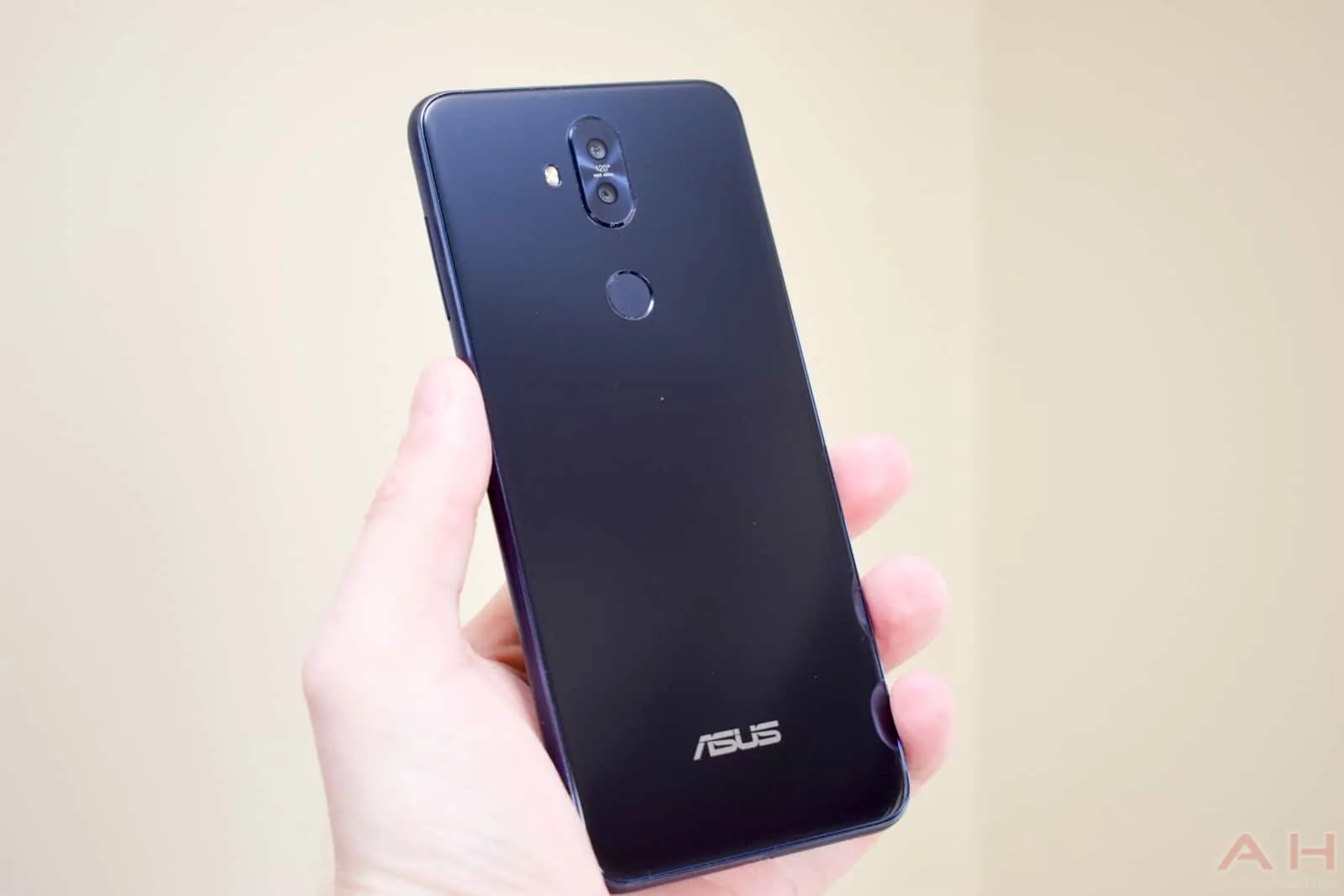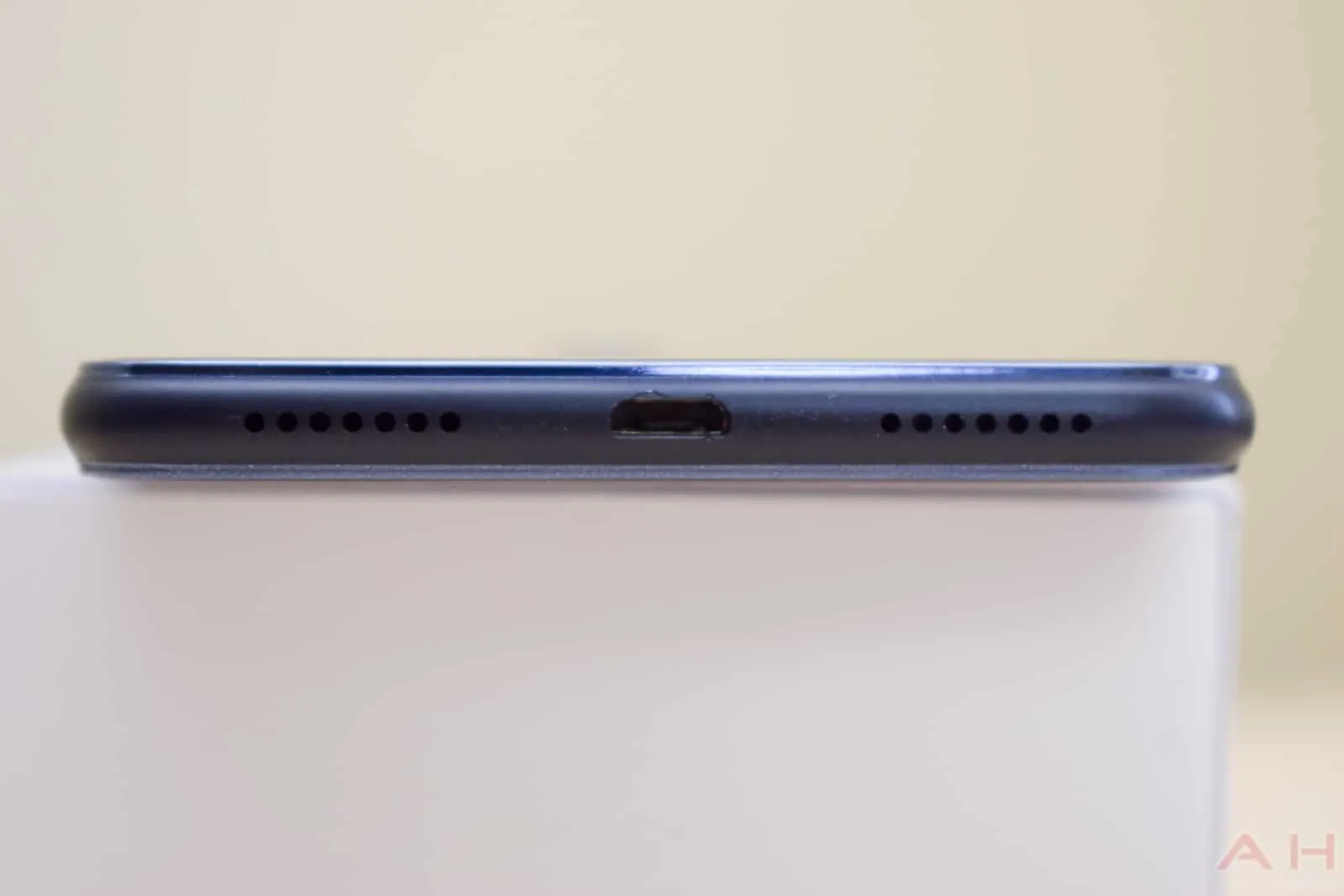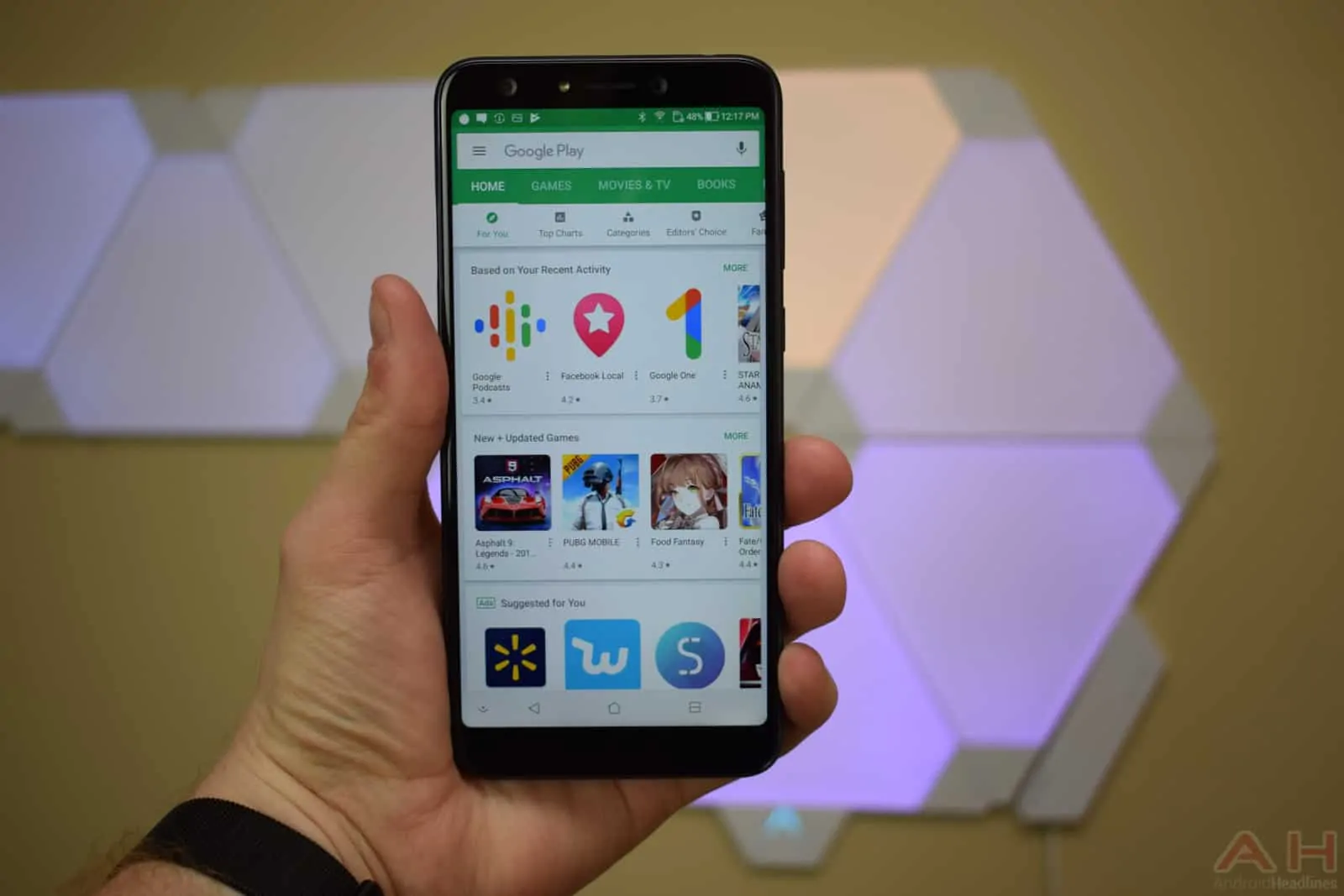With the ZenFone 5Q, ASUS has found a balance between price, specs, and features.
ASUS has a habit of putting out many different variants of its ZenFone series, with the aim of having something available for every single niche. With the new ZenFone 5 line, ASUS has cut down the number of models it has, with essentially just the ZenFone 5Q and the Zenfone 5 (or 5Z in the US). The ZenFone 5Q is a mid-range smartphone from ASUS, it’s really targeting the Moto G6 and its market, but can it compete with something like the Moto G6? It is slightly more expensive at $299, so let’s find out how it stacks up in our full review.
ZenFone 5Q Specs
The ZenFone 5Q sports a 6-inch 2160×1080 resolution display. That’s an 18:9 aspect ratio and a full HD+ resolution. It’s an IPS LCD display, with a screen-to-body ratio of 75.9%. Under-the-hood, you’ll find the Snapdragon 630 chipset, with 4GB of RAM and 64GB of storage. Now there is also a model that’s slightly cheaper with a Snapdragon 430 chipset, 3GB of RAM and 32GB of storage. There’s a 3300mAh capacity battery here, which does support Quick Charge 3.0 for recharging pretty quickly. And finally, the ZenFone 5Q does run on Android 7.1.1 Nougat.
On the camera side of things, ASUS is using a dual-camera setup on the back of the ZenFone 5Q, which includes a 16-megapixel main camera with a f/2.2 aperture and then a secondary 8-megapixel sensor that is used as a wide-angle camera. Now ASUS is also using two cameras on the front. With a 20-megapixel main sensor that also has a f/2.2 aperture and then the same 8-megapixel secondary camera is on the front as well. With dual cameras on both the front and back, you’ll be able to get better Portrait Mode photos without relying on software processing, since it has that second camera.
ZenFone 5Q In The Box
Inside the box with the ZenFone 5Q, you’ll find the phone, as well as a TPU case and of course a micro USB cable, wall charger and the usual array of paperwork. There’s nothing too surprising in the box here, though there is a pair of headphones included in the box. And since the ZenFone 5Q does have a 3.5mm headphone jack, it’s nice to see a pair of headphones in the box.
ZenFone 5Q Hardware
The build quality of the ZenFone 5Q is pretty similar to most other smartphones in 2018. And that is a glass and metal sandwich. The back is made of glass with the metal frame. Which actually feels pretty nice in the hand. And that’s because the sides are curved slightly, though ASUS did not use 2.5D curved glass on the back, which would have made the ZenFone 5Q feel even better in the hand. The camera does have a slight bump on the back, though it’s really not noticeable but it would still be nice to make the phone a bit thicker (perhaps with a larger capacity battery) than to have a camera bump. ASUS has the fingerprint sensor centered below the camera module, which is actually in the right spot. It’s right where your index finger would rest when holding the phone, so it’s really easy to use the fingerprint sensor here.
ASUS has the micro USB port on the bottom of the ZenFone 5Q, along with the single speaker on the bottom and a microphone on the left-hand side. Unfortunately, ASUS did not opt to use the earpiece as a secondary speaker, like many other smartphone makers are doing these days. The top of the phone is where you’d find the 3.5mm headphone jack, as well as another microphone. The right-hand side houses the volume rocker as well as the power button. And both of these buttons are plenty clicky, and not at all mushy like some other phones might be. The left-hand side houses the SIM card and micro SD card slot.
The hardware on the ZenFone 5Q isn’t flashy, or really special at all. But it is a well-built phone that is going to need a case – good thing ASUS includes one in the box. And for a phone that is priced under $300, that’s definitely expected, and a good thing. Typically if a phone is flashy looking at this price, it’s going to cut corners elsewhere, usually with the processor, RAM and storage. But that’s not the case here.
ZenFone 5Q Display
ASUS is using an IPS LCD panel here on the ZenFone 5Q, and it’s a full HD+ resolution, so it’s not the best display nor resolution. But it does its job. The display isn’t as sharp as what you’d find on something like the ZenFone 5Q which is about $200 more, however, the colors are pretty accurate. It does tend to be a tiny bit on the warm side, but nothing too bad here. The display does get plenty bright which is nice to see here. ASUS doesn’t allow you to change the temperature of the display, unfortunately, but it does have a Blue Light filter. This filter can be used at night to make it easier to use your phone in the dark – without it blinding you.
ZenFone 5Q Performance
The Snapdragon 630 is actually a pretty popular processor among “mid-range” smartphones, and it’s usually pretty good at doing day-to-day tasks and even some gaming. But it seems to be slower on the ZenFone 5Q, versus other smartphones that have this same processor. There are some things that would really make the ZenFone 5Q pretty slow, which is unfortunate, and it is likely due to the software optimization here. Having said that, the ZenFone 5Q performed decently in most apps and such. But on heavier apps like Facebook, Instagram and Snapchat, the phone does slow down quite a bit. It’s unfortunate, but it can be fixed in updates – speaking of which, we’ve received three software updates during the review period.
ZenFone 5Q Security
As mentioned already, there is a fingerprint sensor on the backside of the ZenFone 5Q, so that you can use your fingerprint to unlock the phone. Which is a pretty common feature, even on mid-range phones like the ZenFone 5Q. The fingerprint sensor is pretty fast, almost instant, and it is also fairly accurate, which is also pretty important. ASUS has also included Face Unlock here, so you can unlock your phone with your face. Which does work pretty accurately, and it’s super fast as well. Of course, we’ve come to expect that these days, seeing as most phones do have face unlock available, and everyone is able to do it almost instantly. So with the ZenFone 5Q there are a few different ways to keep your device secured, which is definitely a good thing here.
ZenFone 5Q Speaker & Audio Quality
There is a single speaker on the ZenFone 5Q, which is located on the bottom of the device, so it is a down-firing speaker. That’s a bit unfortunate, but on the bright side, it does get pretty loud. Now the actual sound quality from the speaker isn’t that great. It’s a bit on the tinny side, and the highs and mids outpower the bass. In fact, it doesn’t sound like there is any bass included there. Basically it’ll do its job, but don’t expect it to win any awards for the actual sound quality. Now there is a headphone jack here, which will output better sounding audio, depending on what pair of headphones you plug in. For example, we plugged in a pair of JBL headphones, and it sounded much better than using just the speaker. So there is a way around it. The good thing here is, that there is actually a headphone jack, which is really nice to see. Especially since many smartphones are ditching the headphone jack, even smartphones in this price range.
ZenFone 5Q Calls & Network Performance
The ASUS ZenFone 5Q is not sold on any carriers – in the US – it is only sold as an unlocked smartphone, and it works on GSM networks. So that it will work on AT&T and T-Mobile as well as MVNOs that use those two networks. We used the ZenFone 5Q on T-Mobile here in the US, and it was pretty much the same as using the Pixel 2 XL on the network. There were no differences here in regards to network speeds, or call quality. Which is a good thing.
ZenFone 5Q Benchmarks
On the ASUS ZenFone 5Q, we ran all of the usual benchmarks. That includes AnTuTu, 3D Mark and GeekBench 4. Now it’s important to point out here that benchmarks don’t always equal real-world use. So while the numbers are going to be much lower than what the Galaxy S9 or LG G7 ThinQ post, that doesn’t mean the performance is garbage. It’s just sporting different internals. On AnTuTu, the ZenFone 5Q scored 85,422. Over on 3D Mark it picked up scores of 820 in the Sling Shot Extreme – OpenGL ES 3.1 test, and 649 in the Sling Shot Extreme – Vulkan test. Finally, in GeekBench 4, it picked up a single-core score of 823 and a multi-core score of 3962. You can see the full results in the gallery down below.
ZenFone 5Q Battery Life
The battery life on the ASUS ZenFone 5Q is pretty phenomenal. It will last you around two full days on a single charge, depending on how you use it. Which is pretty impressive, and something you don’t normally see on smartphones these days, let alone those with just a 3300mAh capacity battery. Screen-on time was as much as six hours on a single charge, and that included plenty of video watching on YouTube, Instagram and others. So if you are just using your phone for browsing social media, it should last much longer than that.
Now the flip side of battery life on any smartphone is charging it. There’s no wireless charging here, which isn’t surprising but also not a big deal. It does, however, have Quick Charge 3.0. So that you are able to quickly charge up your smartphone while you’re on the go, or even top it off before you leave the house for an evening at the bar. With a Quick Charge 3.0 charger, you can bring the ZenFone 5Q from 0% to 100% in just over 90 minutes. That’s pretty much on par with other Quick Charge 3.0 smartphones with similar battery sizes. Without Quick Charge 3.0, that would be over two and a half hours to fully charge the ZenFone 5Q. So it’s definitely a nice feature to have here.
ZenFone 5Q Software
Out of the box, the ZenFone 5Q runs on Android 7.1.1 and the April 1, 2018 security patch. Needless to say, it is pretty outdated at this point. While we have received three different software updates since receiving the device, none of which have moved the ZenFone 5Q to Android 8.0 Oreo just yet. So it’s unclear when or if the ZenFone 5Q will get updated to Android Oreo.
The software on the ZenFone 5Q is pretty similar to previous ASUS smartphones, with a white and blue interface. Which isn’t all that great for using at night, but luckily the phone does get fairly dim at night, so it doesn’t blind you as much as you’d think. ASUS still has its theme store on its devices, so you can change up the theme. This means that if you don’t like the white interface, you do have the ability to find another theme that’s darker to use. But keep in mind that a lot of these themes are not free. There are very few apps pre-installed on the ZenFone 5Q which is actually rather surprising, as ASUS usually does have quite a few apps pre-installed. You’ll find apps like Mobile Manager, Page Marker, Selfie Master, and its Weather app pre-installed, and that’s really it.
The experience on the ZenFone 5Q is actually pretty smooth. There is the occasional hiccup when you have some pretty heavy apps open in the background, but for the most part, the software is smooth and fluid. That’s good to see, especially on smartphones that have a skin over Android, as that usually includes more resources being used which can slow things down. But that’s not the case here on the ZenFone 5Q which is nice.
ZenFone 5Q Cameras
The camera on the ZenFone 5Q is actually better than expected. ASUS doesn’t really have a history of having an impressive smartphone camera, it’s cameras are usually pretty average or mediocre, but the pictures we were able to take with the ZenFone 5Q were pretty impressive, to say the least. Of course, having a slightly higher aperture would have made these photos look even better – especially portrait or macro shots – but there’s not a whole lot to complain about here when it comes to the picture quality.
The colors are pretty accurate on all of the pictures taken with the ZenFone 5Q, they aren’t overly saturated like something you’d find from Samsung. Which is a good thing, especially if you’re a creator, as you’re going to want the most accurate colors possible. The wide-angle mode on the ZenFone 5Q is actually really good. Even though it is only an 8-megapixel camera, it does still provide some decent images. ASUS has also made it pretty fluid to switch between the cameras, which has been an issue on other smartphones in recent years. Now portrait mode could use some help, especially on the backside. The front-facing camera does a pretty good job, but the back camera does have some trouble with edge-detection. That’s something that a lot of phones are having trouble with, and their portrait mode, so this isn’t unique to the ZenFone 5Q, but it is still an issue here.
ASUS did a pretty good job with the cameras on the ZenFone 5Q. For a smartphone that does come in under $300, it’s a bit surprising to see these cameras perform this well, but it is definitely nice to see. As it means that people will be able to pick up a new smartphone that won’t cost a fortune but has a pretty decent camera. And that will be a winner in a lot of people’s books. As always, you can see the full resolution, unedited versions of the photos taken for this review in the Flickr gallery below.
The Good
Battery Life
Display
Camera (particularly the front-facing one)
Build Quality
The Bad
Outdated software (running Android 7.1.1 Nougat nearly a year after Android 8.0 Oreo launched)
Speaker Quality
Conclusion
The ASUS ZenFone 5Q is a pretty interesting device. Like many smartphones in this category, it doesn’t check all of the boxes, but it does get most of the important things right. Which includes the camera, battery life and display quality. Using this phone for taking photos outside on vacation has been a great experience, especially with its wide-angle camera. That’s something that only LG has been doing, so if you are looking for a phone that has a wide-angle lens, this is another option for you.
Should I buy the ASUS ZenFone 5Q?
If you are looking for a smartphone that can last all day (and then some) and offers a pretty decent camera while not costing an arm and a leg, then you should definitely buy the ZenFone 5Q. It’s a great device to pick up, and it does also come in a few different colors – Blue, White, and Red. You can also pick it up from Amazon using the link below, for just $299.
Buy the ASUS ZenFone 5Q
